Northern Italy is, in our opinion, the most diverse region along Italy’s “boot”. Whether you’re traveling for history and culture, food and wine, nature, or even just sheer relaxation and la dolce vita, you’ll find it here. This guide spotlights where to go in northern Italy for every interest, to help you make the most out of your Italian getaway.
Jump to:
- Best for Culture: Milan or Turin
- Best for History: Milan or Venice
- Best for Wine Lovers: Piedmont
- Best for Cheap Food: Bologna
- Best for Gastronomic Food: Piedmont
- Best for Beach Lovers: Italian Riviera
- Best for Relaxation: Lake District
- Best for Mountains: Aosta Valley or the Dolomites
- Best for Sports Fans: Milan
- Best for Romantics: Venice
- Best for Royal Palaces: Turin
Best for Culture: Milan or Turin

Milan, the capital of Lombardy, is the world-renowned cultural hub of northern Italy. And it’s fully deserving of the title, with its iconic Duomo, thriving financial center, and sleek shopping arcades.
And yet, we also recommend you don’t overlook Piedmont’s capital Turin, either. While Turin is not as well-known among international tourists, it possesses a subtle French influence and cosmopolitan gentility all its own.
Luckily, both regional capitals sit just an hour’s train ride apart. It’s easy to explore both sophisticated city centers in one trip.
Milan

In Milan, the most renowned landmark is the Duomo di Milano, one of Italy’s most famous and stunning Gothic cathedrals. You can also climb to the rooftop for sweeping views of the city below. We recommend visiting in early morning, before the crowds. It’s also advisable to purchase tickets in advance – you can do so here.
Across from the Duomo is the Galleria Vittorio Emanuele II, an elegant 19th century glass-ceilinged shopping arcade. It now houses such luxe brands as Prada, Gucci, and Louis Vuitton.
Milan is also home to Leonardo da Vinci’s masterful “The Last Supper,” one of the most recognized paintings in the world. The fresco sits inside Santa Maria delle Grazie church, and requires advance planning to visit. Tickets on the official website go on sale months in advance. Try to plan ahead, and check the release date for when you’re planning to visit.
If you missed the official ticket release date, you can still get tickets through resellers like Viator. Just prepare to pay a premium.
Turin
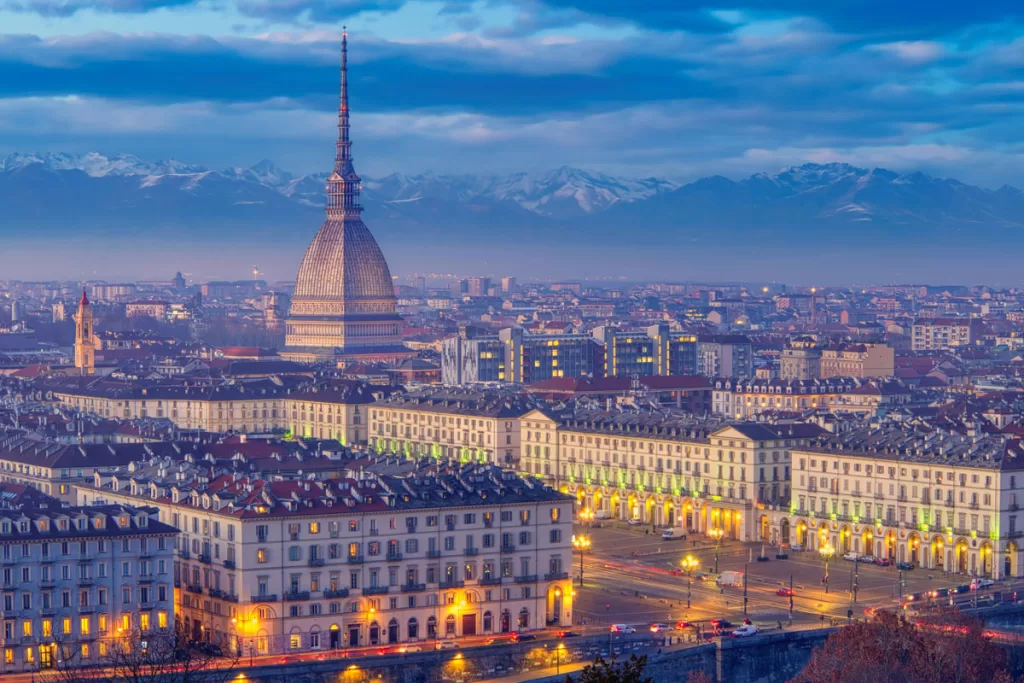
The heart of Turin is easily walkable, allowing you to see all the city’s main highlights in short distance.
Begin at Palazzo Reale, the opulent primary residence of the House of Savoy for nearly 400 years. Your entry ticket will grant access to the gilded palace, royal gardens, royal museum, and royal library.
Around the corner from the palazzo is the Cattedrale di San Giovani, Turin’s primary cathedral and home to the famed Shroud of Turin. This holy relic is believed to the burial shroud of Jesus, and devout pilgrims have traveled to pray at its altar for 500 years.
(We caution that the Shroud is often off-exhibit, so visiting the cathedral may feel underwhelming if you were hoping to see the relic. However, there’s still a full accompanying exhibit, that’s enough to consistently draw a steady stream of pious believers).

After the cathedral, enjoy strolling the stately arcades along Via Roma and surrounding streets. These elegant porticoes provide cover to some of Turin’s premier shopping. Besides the luxe brand name stores, you’ll also find pop-ups retailing more economically-priced wares. (The bookstalls along Via Po remain one of our personal favorites).
For a true taste of local culture, duck into one of Turin’s classic coffee houses. A mainstay of Torinese society for centuries, a few of the city’s coffee houses have been in existence since the 18th century. A step into their glittering foyers, with dripping chandeliers and parquet floors, feels like a return to a more genteel time.
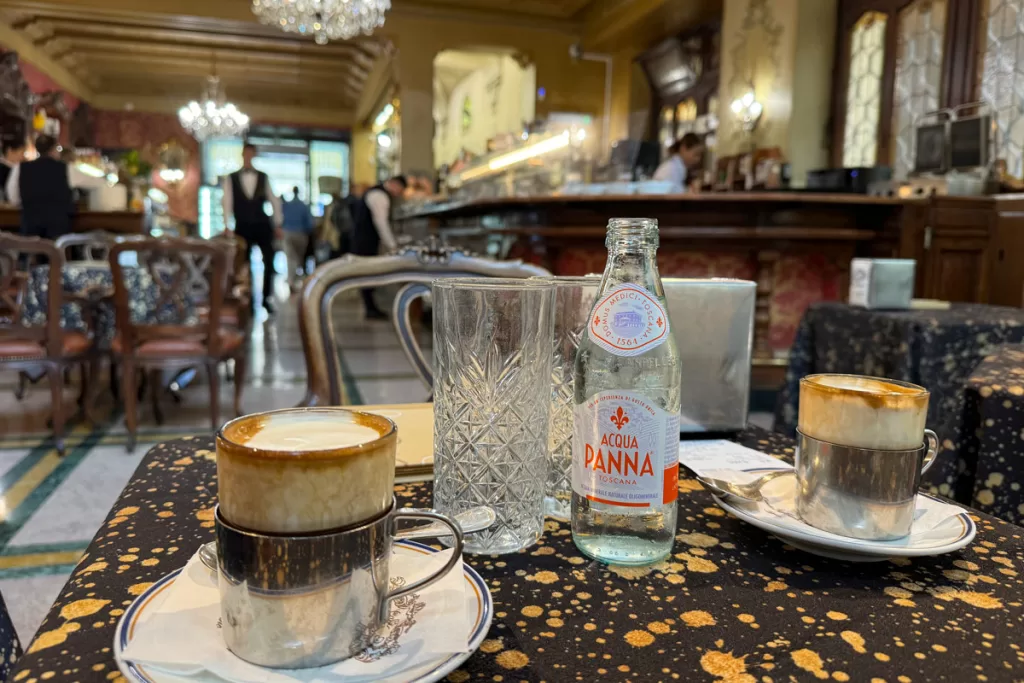
Some of the most famous (and historic) coffee houses include Caffè Al Bicerin, Caffè Fiorio, and Caffè Torino.
For more inspiration around town, check out our post on 22 fun things to do in Turin.
Best for History: Milan or Venice
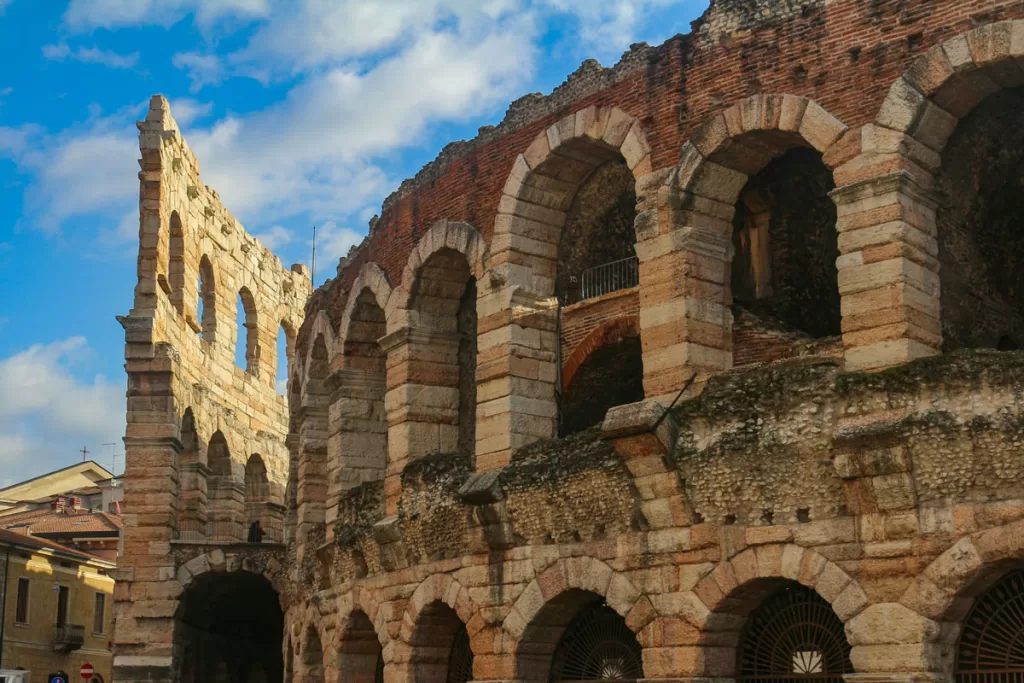
As alive with history as Italy is, it’s nearly impossible to narrow down one primary destination for history buffs. From ancient Rome to the Renaissance, you’ll find exhaustive museums, luxe villas, imposing castles, and more across northern Italy.
Instead, we recommend setting either Milan or Venice as your home base. Each city is centrally located, with numerous history-laden day trips at your fingertips.
Milan

Fans of Renaissance history will particularly enjoy Milan, as the city truly came into its own during the late Middle Ages.
No visit to Milan is complete without marveling at its 14th century Duomo and da Vinci’s Last Supper fresco. (You can read more about visiting each and getting tickets above).
Sforza Castle, home of the ruling family for centuries, maintains a dominant footprint in the old city center. Besides touring the fortress itself (which includes da Vinci-painted frescoes and Michelangelo’s unfinished Pietà Rondanini), you can also visit one of its multiple in-house museums and galleries. In particular, Pinacoteca di Brera is one of Milan’s best Renaissance art collections.
For visitors with more time in Milan, additional historic sights range from the 4th century Basilica di Sant’Ambrogio (one of the oldest churches in the city) to the world-famous 18th century La Scala opera house.
The Archaeological Museum of Milan, housed in a former monastery, also has vast collections of artifacts from Etruscan, Greek, and Roman times.
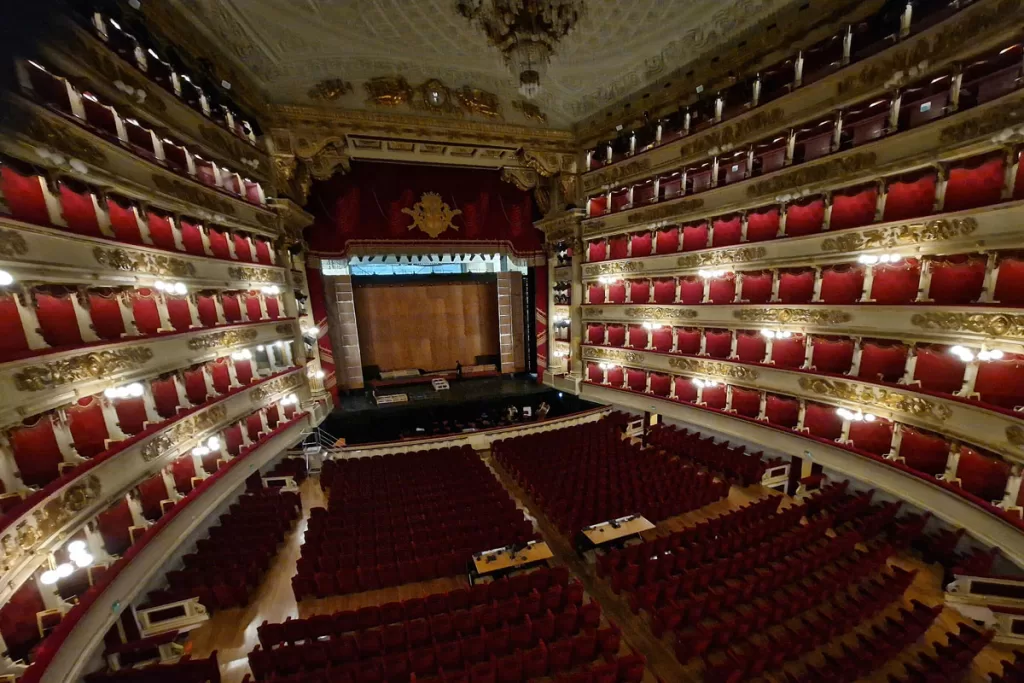
Once you’ve exhausted Milan’s historic highlights, you can set out for one of its many history-filled day trip destinations:
- Brescia: with Roman ruins as expansive as a mini city, the Capitolium Temple is considered the best-preserved Roman temple in northern Italy. You can also view the ancient forum, theater, and examine a host of artifacts in the Santa Giulia Museum, housed in an old convent.
- Bergamo: for what Brescia is to Roman history, Bergamo is to medieval times. This stone hilltop town, just an hour from Milan by train, has an old Venetian-walled city center (Città Alta) that is now a UNESCO World Heritage Site. Its quaint cobbled streets are a step back in time, with medieval palaces and bell towers on the Piazza Vecchia, the 12th century Basilica di Santa Maria Maggiore, and more.
Venice
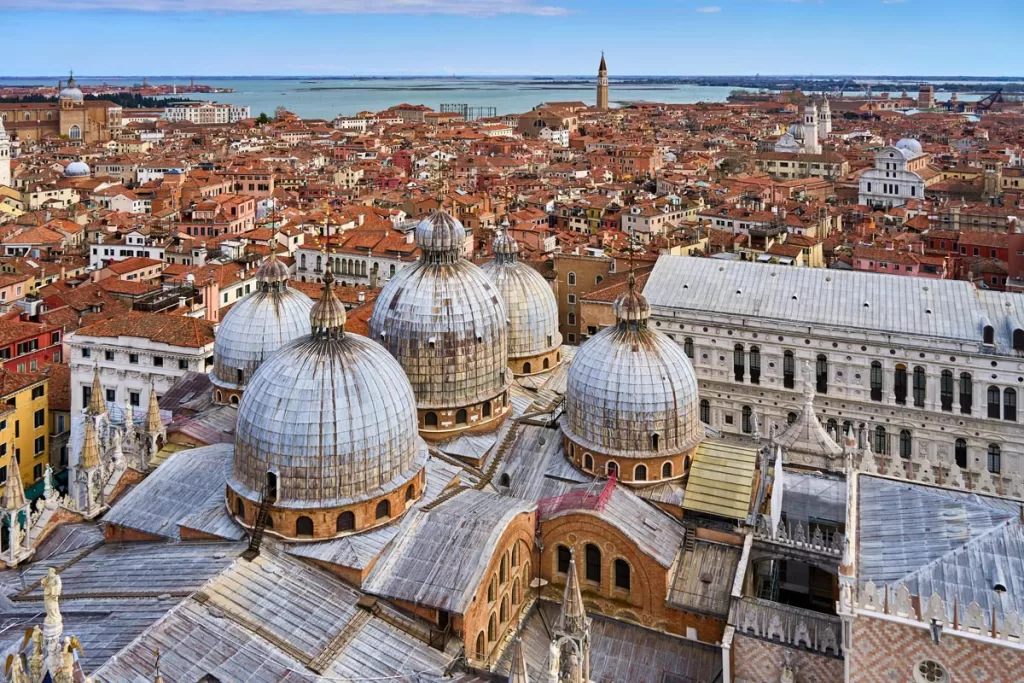
While Venice has been a maritime power for millennia, most of the sights worth visiting today are from the city’s medieval to Renaissance period.
Pop into St. Mark’s Basilica, a stunning example of East-meets-West architecture with intricate Byzantine mosaics from the 11th century.
Across the way is the Doge’s Palace, the sumptuous residence of Venice’s rulers since the 14th century. So much history is encased in its walls, that it can easily take half a day to tour.

For a unique taste of Baroque Venice, enjoy an evening Vivaldi concert. Concerts showcasing the music of Venice’s native son take place throughout the city, many in historic churches or palazzi. You can view a full schedule of upcoming offerings and buy tickets here.
Some of Venice’s best near-by day trips for history buffs include:
- Verona: an important city during Roman times, signs of Verona’s former residents linger everywhere. The Arena di Verona, like a miniature Colosseum, is so well-preserved it still hosts concerts, operas, and other shows today. You can also see the Ponte Pietra Roman bridge, Porta Borsari and Porta Leoni gates to the ancient city, and the Scavi Scaligeri, underground Roman ruins beneath Verona’s modern buildings.
- Mantua: just south of Verona sits Mantua, a Renaissance-era gem that was home of the ruling Gonzaga family. The entire city is a UNESCO World Heritage Site, a nod to just how well-preserved the old center is. Along with simply strolling and soaking up the atmosphere, you’ll want to explore Palazzo Ducale and Palazzo Te, both of which have stunning period frescoes.
- Aquileia: nicknamed the “Pompeii of the north,” Aquileia was once one of the largest and wealthiest cities in the Empire. It was sacked by Atilla the Hun in the 5th century, and largely forgotten afterwards. Today, much of the city remains untouched, as archeologists slowly excavate ruins that rival those of Pompeii and Herculaneum. Aquileia is a UNESCO World Heritage Site, and you can tour its ancient forum, amphitheater, villas, Roman baths, city walls and more artifacts at the National Archaeological Museum. The Basilica of Santa Maria Assunta is particularly noteworthy for housing one of the oldest and largest early Christian mosaics in the world.
Best for Wine Lovers: Piedmont
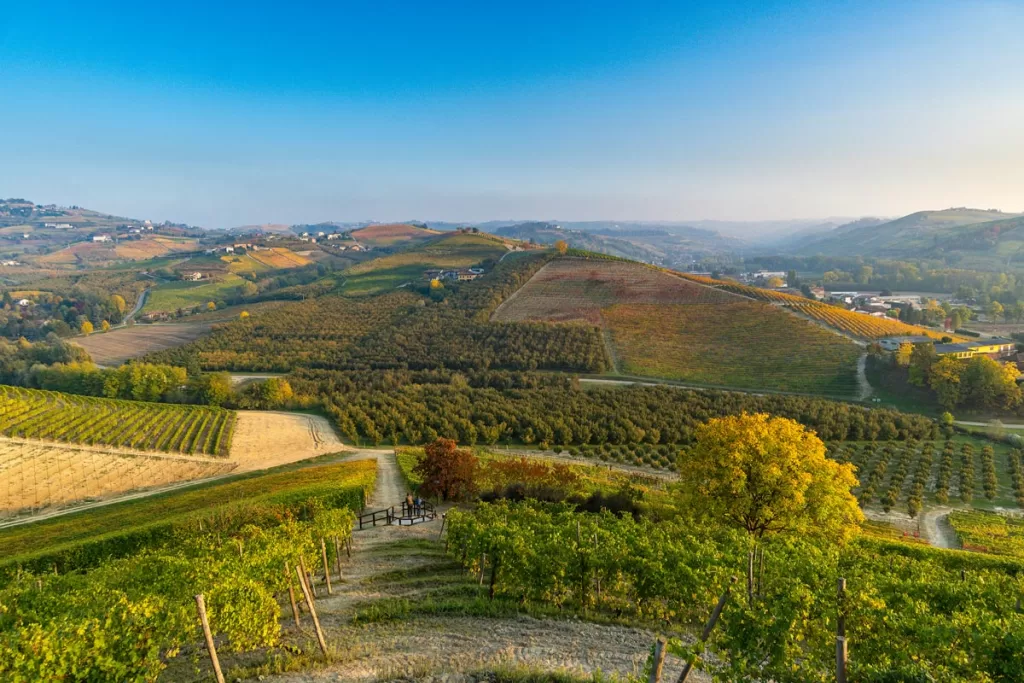
Wine lovers wondering where to go in Northern Italy should look no further than Piedmont. Piedmontese wines are world-renowned, and can hold their own against the best French bottles.
In northern Italy, the wines are richer than their southern counterparts. Here, the warm breezes of the Mediterranean collide against the sharp, cold peaks of the Alps, creating a uniquely fertile terroir. Piedmont wines are typically full of fruit and tannins: think cool-climate grapes similar to Pinot Noir.
We have a full guide to Piedmont wines, including the different varietals, classifications, and best wineries and villages to visit. You can read more here.
Runner-Up Wine Region: Friuli-Venezia
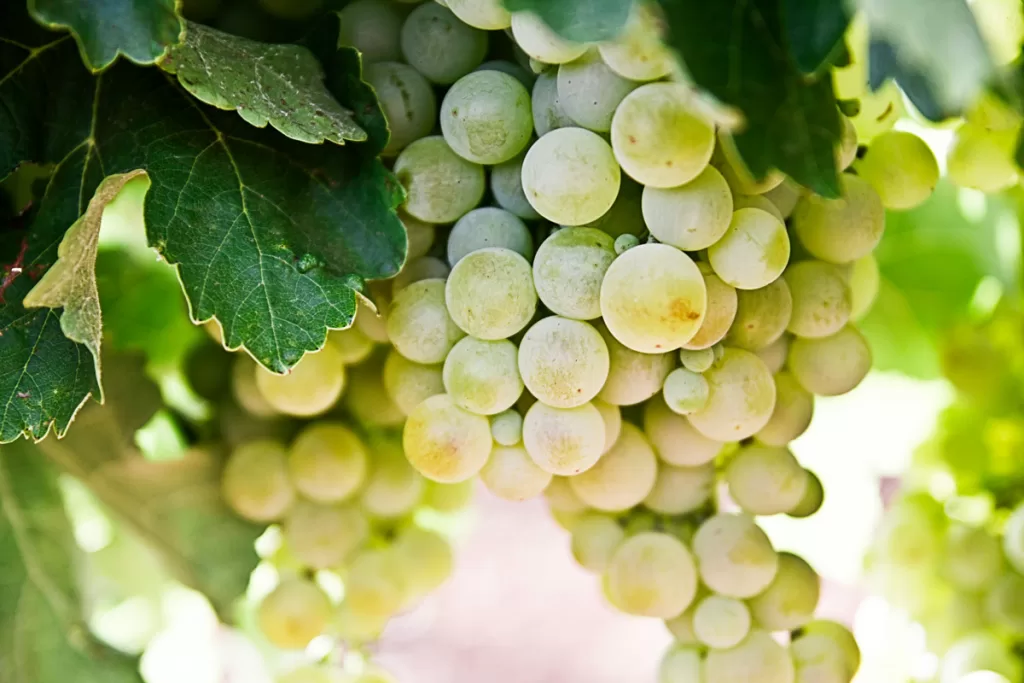
While Piedmont has some excellent white wines (Arneis and Erbaluce are two favorites), it is a predominantly red wine region.
If you prefer only white wines, you may want to explore the Friuli-Venezia region, near the border with Slovenia.
Friuli produces many internally-recognized varietals like Sauvignon Blanc, Chardonnay, and Pinot Grigio. But you’ll also discover more uniquely local whites, like Friulano and Ribolla Gialla.
Orange wines, originally a more offbeat style that has gained traction in recent years, are also prevalent here.
Best for Cheap Food: Bologna
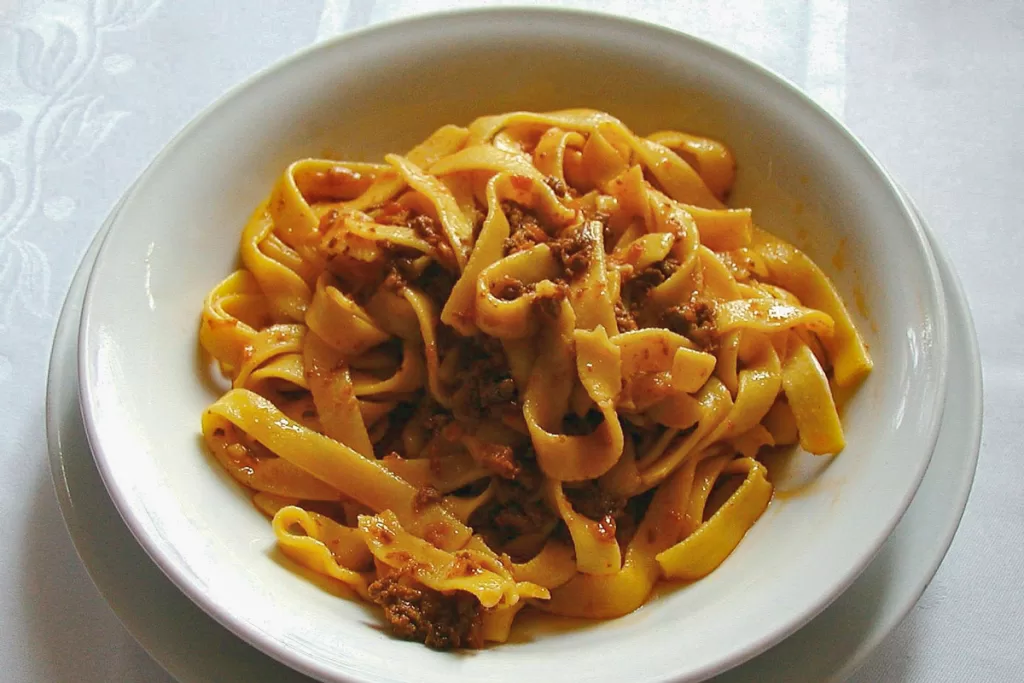
Bologna is Italy’s largest university town, so it’s no surprise that cheap food is ubiquitous here.
But sitting in the heart of Emilia-Romagna, Italy’s bread basket, means that Bologna’s cheap food is also good. Many of Italy’s famous dishes come from Bologna, and you can find top-notch representations at university student prices.
While in Bologna, you’ll want to try tagliatelle al ragu (or Bolognese, as it’s known outside Emilia-Romagna), tortellini in brodo, as well as such pantry staples as balsamic vinegar, Parmigiano Reggiano cheese, and prosciutto. You can combine any combination of local meats and cheeses in Tigelle flatbreads, a takeaway and aperitivo snack staple.
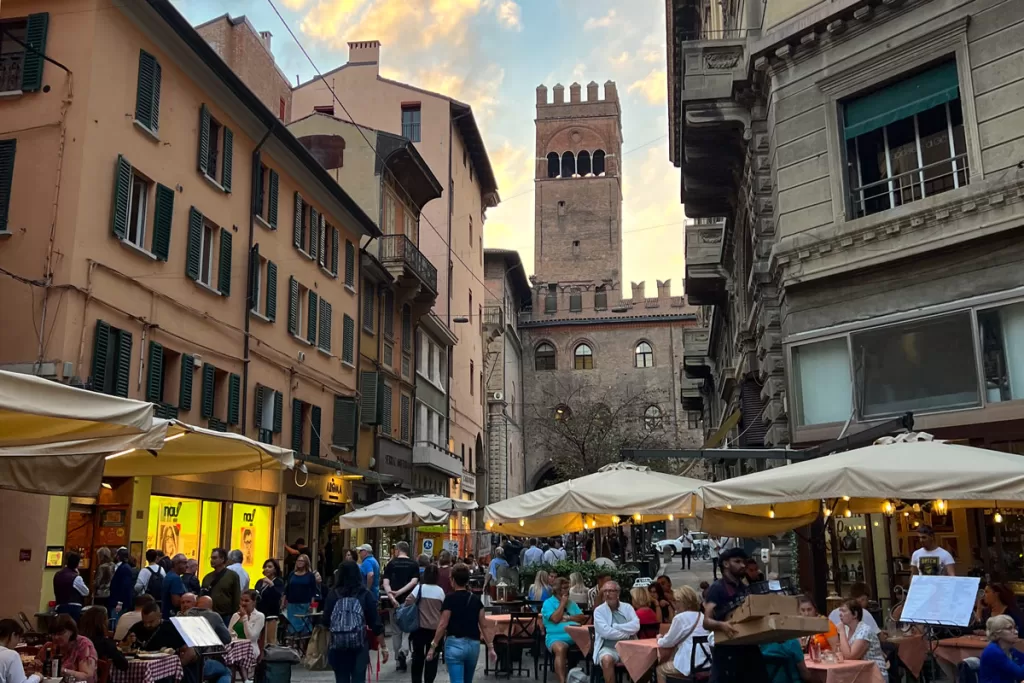
Two of the best food markets include the Mercato delle Erbe food hall and Quadrilatero market.
For sit-down restaurants, a few moderately-priced favorites that locals have recommended to us (and did not disappoint) include Ragù, Trattoria da Me, Osteria Bottega, and Cesare. Or, you can splurge on a Michelin Guide nod like Vicolo Colombina, al Cambio, or Vivo Taste Lab.

There are also plenty of food tours in Bologna that will take you into the surrounding countryside. Tours typically last around 4 hours, and are a fun opportunity to sample regional specialties at their origin.
For what it’s worth, we’ve used Andomya Adventures in the past and have had first-rate tours of Bologna, Modena, and more.
Best for Gastronomic Food: Piedmont
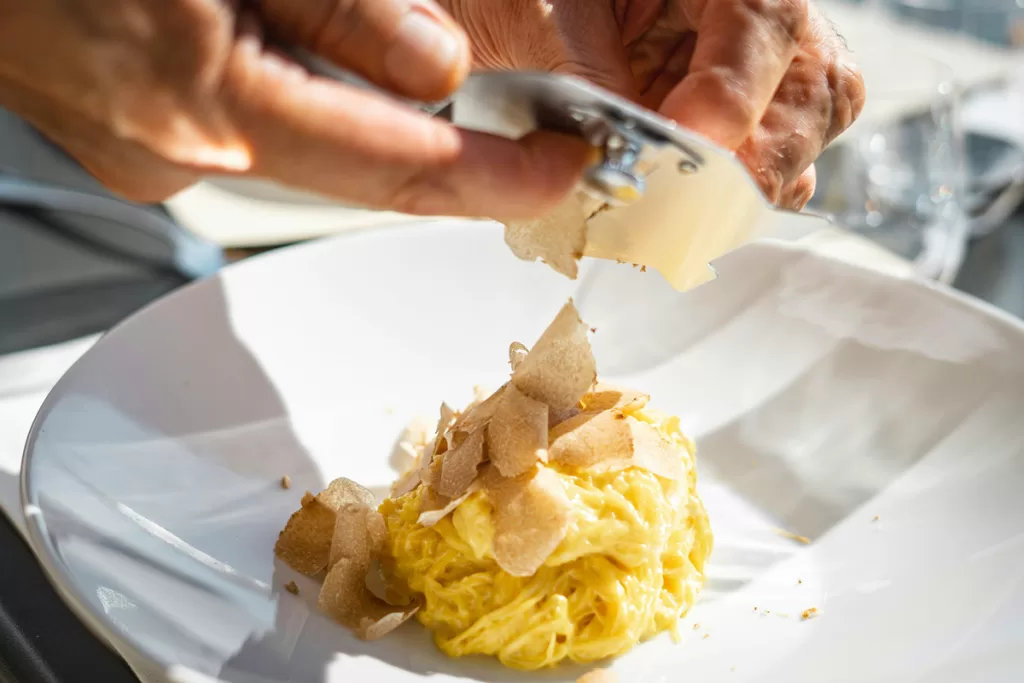
While Bologna carries the torch on cheap comfort food, dishes are elevated in the foodie paradise of Piedmont.
With its proximity to the Alps, Piedmontese cuisine is hearty, meant to sustain through cold winter months. Some of the most popular dishes include tajarin and agnolotti pasta, risotto, and all things truffle.
In Turin, you’ll find quality regional dishes at the Michelin Guide L’Acino, Casa del Barolo Enotavola, and Scannabue.
In the surrounding countryside, out near Piedmont’s wine villages, we recommend Osteria il Cortile (Diano d’Alba), Osteria Tre Case (Serralunga d’Alba), La Volta Rossa (Roddi), or Rabayà (Barbaresco). All of them raise Piedmontese cuisine to a true gastronomic experience.
A Note on Truffles

The humble truffle is elevated to nearly a religion in Piedmont. You’ll find its delicate shavings gracing the top of every dish that can reasonably accent its rich earthiness.
Truffle season peaks in October, with tourists from around the world descending on Piedmont for truffle festivals, auctions, and more. However, you can still find the tubers on the menu most months of the year, and even join a truffle hunt in Piedmont’s misty woodlands.
Best for Beach Lovers: Italian Riviera

Beach lovers should head to the Italian Riviera in Liguria, where sparkling seas meet dramatic cliffs, and cheerfully-painted pastel homes dot the hillsides behind.
The Riviera is famous for such dreamy destinations as Portofino and Cinque Terre, but Liguria’s entire 350 km stretch of coastline is full of quaint seaside villages.

If you prefer a beach getaway without the crowds, look into either Santa Margherita Ligure or Camogli near Portofino, or Sanremo near the French border. These towns have all the amenities and stunning natural beauty of their more famous neighbors, but are slightly off the main tourism circuit.
Santa Margherita Ligure is a particular favorite of ours. Portofino is just 5 km down the road, but while its exclusivity has priced out most tourists, Santa Margherita maintains a healthy buzz from locals and visitors alike. You can enjoy Portofino during the day, and return to Santa Margherita’s lively old town (and more reasonably-priced accommodations) in the evening.
You can read more about the Riviera in our guides on things to do in Portofino and Santa Margherita Ligure.
Best for Relaxation: Lake District
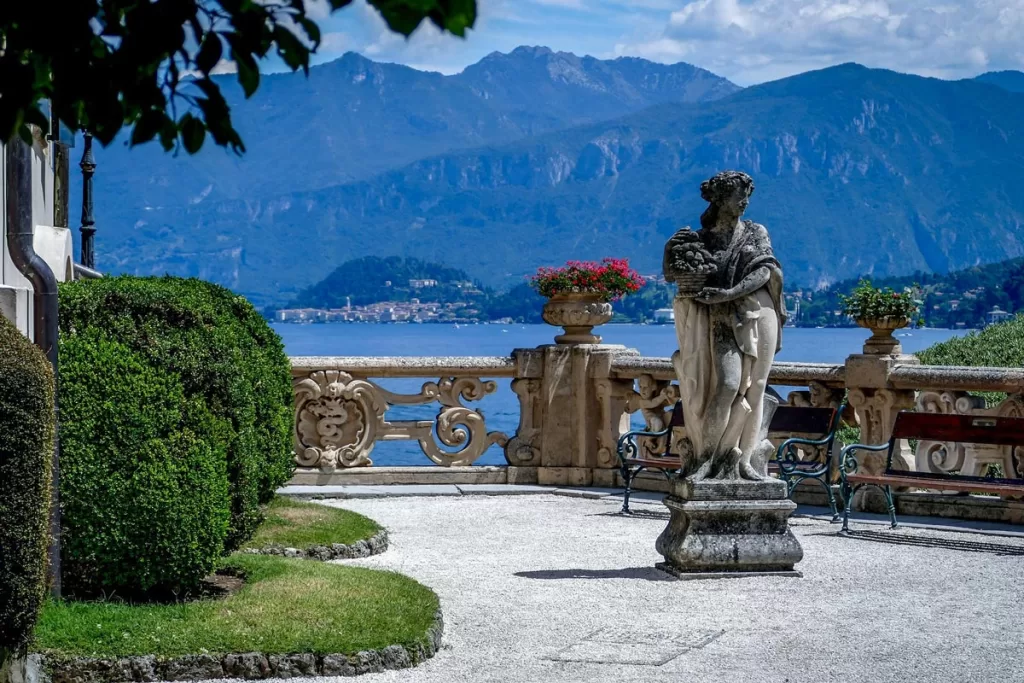
Life is slower in the Lake District, where days drift in a hazy dream along the shores of Italy’s stately mountain lakes.
The Lake District’s elegance has been attracting well-to-do vacationers for 200 years, and the genteel atmosphere remains today. You’ll find plenty of luxe villas and hotels here, heightening your relaxation with refined amenities and service. (Don’t worry, there are plenty of mid-range accommodations too).
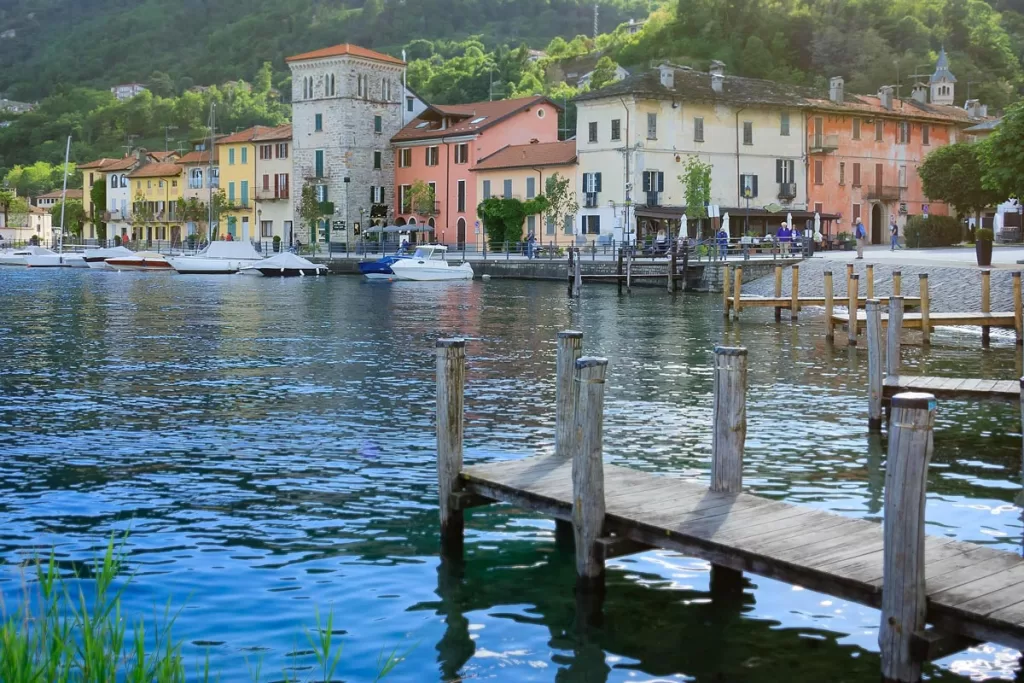
Tranquil villages dot the lakeshores and make for a lovely home base, while the lakes themselves offer swimming, boating, hiking, and more.
The largest and most popular lakes in the region are Como, Maggiore, and Garda, but you’ll also find plenty of smaller, less-traveled spots too, each with their own charming ambience. Lago di Orta is renowned among those desiring a tranquil getaway apart from the crowds.
Best for Mountains: Aosta Valley or the Dolomites
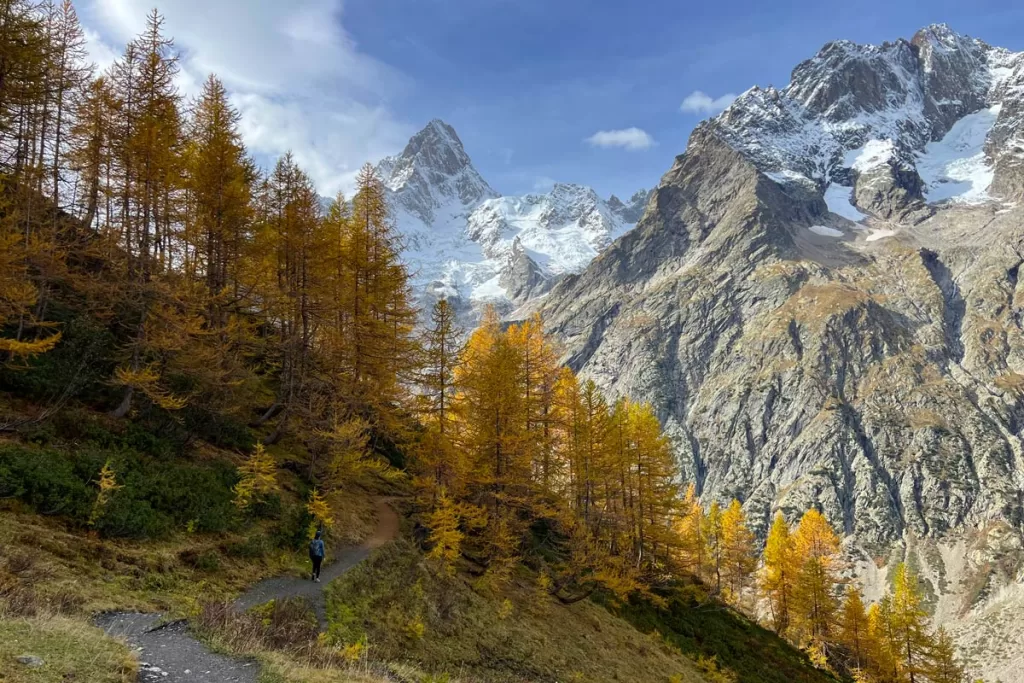
Mountain-lovers deciding where to go in northern Italy will be hard-pressed to choose between Aosta Valley and the Dolomites.
Both destinations have scenery that will take your breath away, with plenty of year-round activities ranging from hiking in the summer to skiing in the winter.
Aosta Valley

This autonomous region shares borders with France and Switzerland, and the lingering French influence is noticeable here.
Home to two world-famous peaks (Mont Blanc and the Matterhorn), Aosta Valley also boasts Italy’s oldest national park (Gran Paradiso, near Cogne).
You’ll find plenty of charming mountain hamlets full of character, including Courmayeur (near Mont Blanc) and Breuil-Cervinia (near the Matterhorn).
Visually, the mountains appear “softer” here than their Dolomite counterparts. While the Dolomites have a starker beauty, the Alps of Aosta are accented by lush valleys and more whimsical, storybook-like villages.
The Dolomites
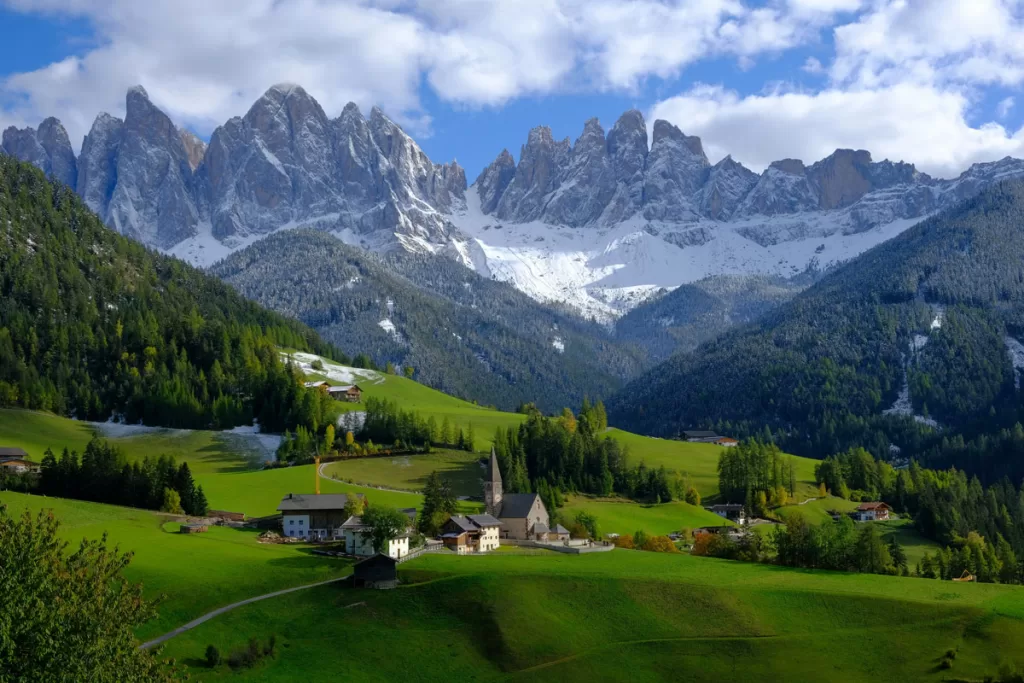
The Dolomites are a sub-region of the Alps, stretching across the autonomous region of Trentino-Alto Adige and the Veneto. They have an incredibly desolate beauty, with dramatically sharp, jagged spires. You won’t see mountains like this anywhere else in the world.
The Dolomites buttress against Austria, and this region was still part of the Austro-Hungarian Empire until World War I. As a result, the culture is heavily Germanic, with a third of the population speaking German as their first language.
Bolzano is the largest city in the area (and home to Ötzi the Iceman), while the posh mountain town of Cortina d’Ampezzo is one of the Dolomites’ more popular vacation destinations.
Cortina is a great base from which to explore the region’s most famous landmarks, including the Tre Cime di Lavaredo hike, otherworldly hues of Lago di Sorapis, lakeside activities at Lago di Braies, and the iconic Santa Maddalena photo spot.
So, where to go in northern Italy for mountains? Ultimately, it all comes down to personal preference. Even our household is divided: some prefer the fairytale nature of Aosta, while others gravitate towards the more dramatic beauty of the Dolomites.
Best for Sports Fans: Milan

Sports aficionados should head to Milan and environs, where the highest concentration of Italy’s premiere Serie A teams are based.
Not only are Milan’s two football teams, Inter Milan and AC Milan, perennial title contenders, but you can also catch a Juventus game just an hour train ride away in Turin. Turin also has a second Serie A team, Torino FC, if you want a more “local” experience without the gloss that comes with big-money teams.

Inter and AC Milan both share San Siro Stadium, humbly nicknamed “the most titled stadium in the world.” Even if you aren’t in Milan during a home game, you can still tour the legendary San Siro stadium. The tour begins in the accompanying museum, with its collection of storied memorabilia, before moving on to the locker rooms, players’ tunnel, and the pitch itself. You can purchase tickets here.
For fans of Formula One, the Italian Grand Prix is also held in Milan each September. This preeminent auto race is one of the oldest in the world, having drawn the sport’s top competitors to Monza Circuit for over 100 years. You can learn more about the Italian Grand Prix and grab tickets on its official website.
Best for Romantics: Venice
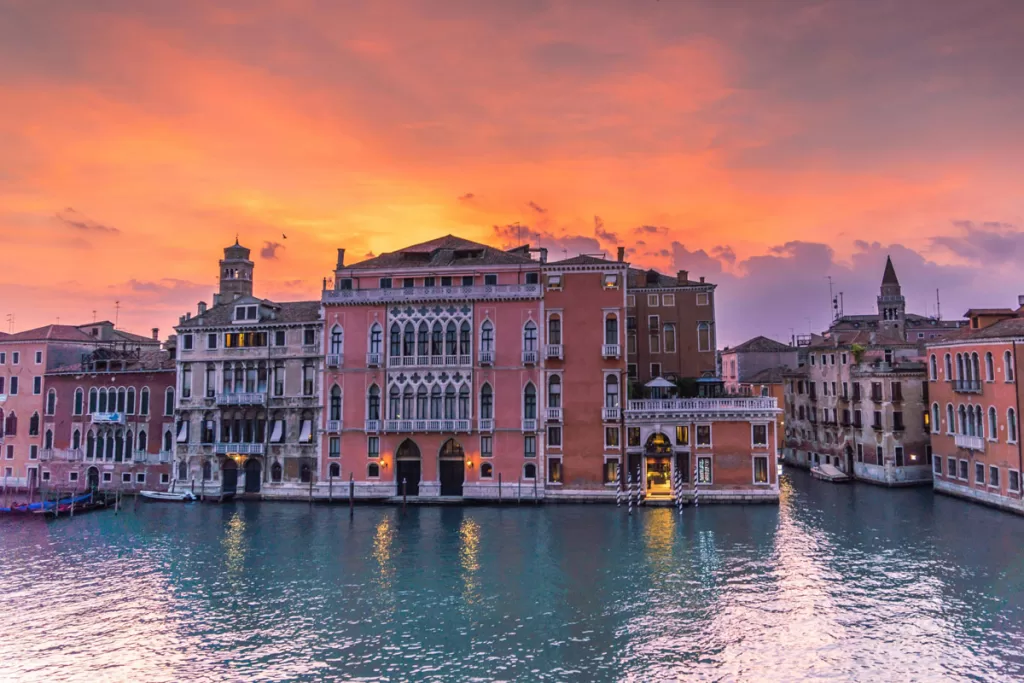
For a romantic getaway, it’s hard to beat the allure of Venice, whose enchanting aura has been captivating lovers for centuries. (Perhaps it’s no coincidence that Casanova lived here!).
There’s a certain air of seduction and mystery that pervades La Serenissima. Of course, you can always take the clichéd gondola, but in our opinion they’re a bit overpriced and overrated. Even just meandering the piazze and back alleys of Venice, with its “graceful decay” (a recognized term to describe Venice’s unique aged beauty) is bewitching enough.
Additionally, Verona is just over an hour’s train ride away, and is one of Venice’s most popular day trips. As the setting of Shakespeare’s classic “Romeo and Juliet,” legions of fans travel to Verona to revel in the surroundings of the time-honored love story – and hopefully pick up some romantic luck of their own.

In Verona, you can visit Juliet’s house – a medieval palazzo that was “probably” the home of the Capulets. (It was only designated Juliet’s house in the 1930s, almost certainly with visions of tourism windfall. But who are we to ruin a good story…).
At Juliet’s house, you can stand on her famous balcony, leave a love note on the Juliet Wall, and rub the right breast of Juliet’s statue for good luck in your own love life. (If you aren’t sure which breast to rub, just look for the one that’s been rubbed down to the patina by all the tourists before you…).
Best for Royal Palaces: Turin
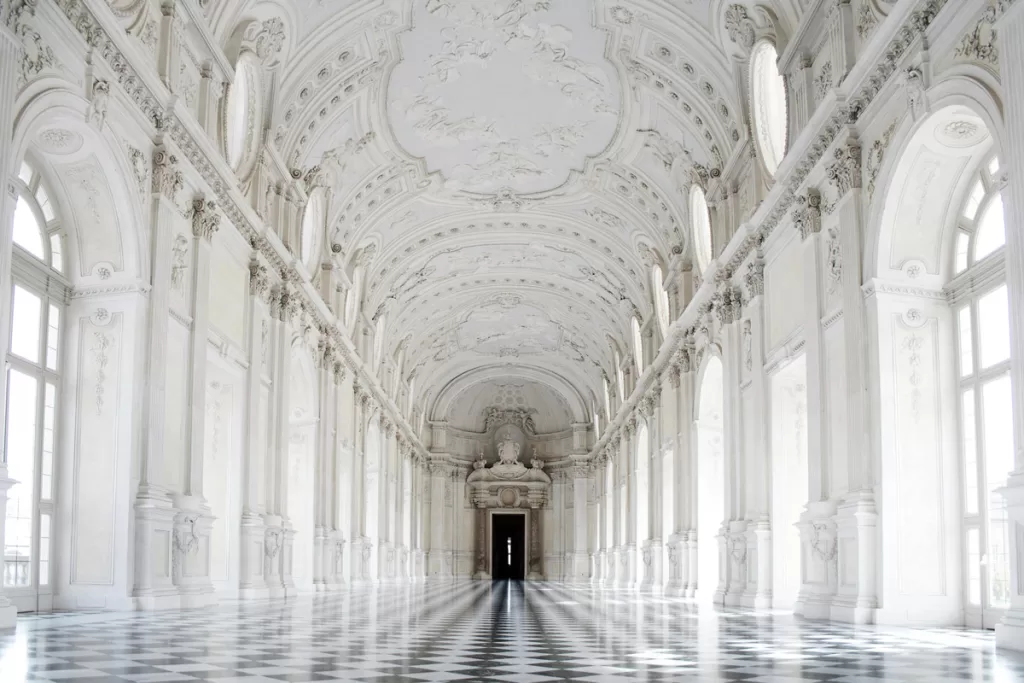
Fans of royal palaces will want to head to Turin, the former empire of the House of Savoy. The Savoy ruled a vast stretch of northern Italy and France for nearly a thousand years, and left a trail of opulent palaces throughout the region. The palaces are all now UNESCO World Heritage sites, and open to the public.
The primary Savoy residence is Palazzo Reale, in the heart of Turin, while Palazzo Madama is just a block away.

Venaria Reale, in the suburbs just 20 minutes from downtown, remains one of the most visually stunning. And for a peek into how the Savoy vacationed, head to Palazzina di Caccia Stupinigi, a “hunting lodge” of glittering proportions.
Have more time to explore northern Italy? Check out our guides on the best things to do in Portofino, Turin, Piedmont, Aosta Valley, and more.
